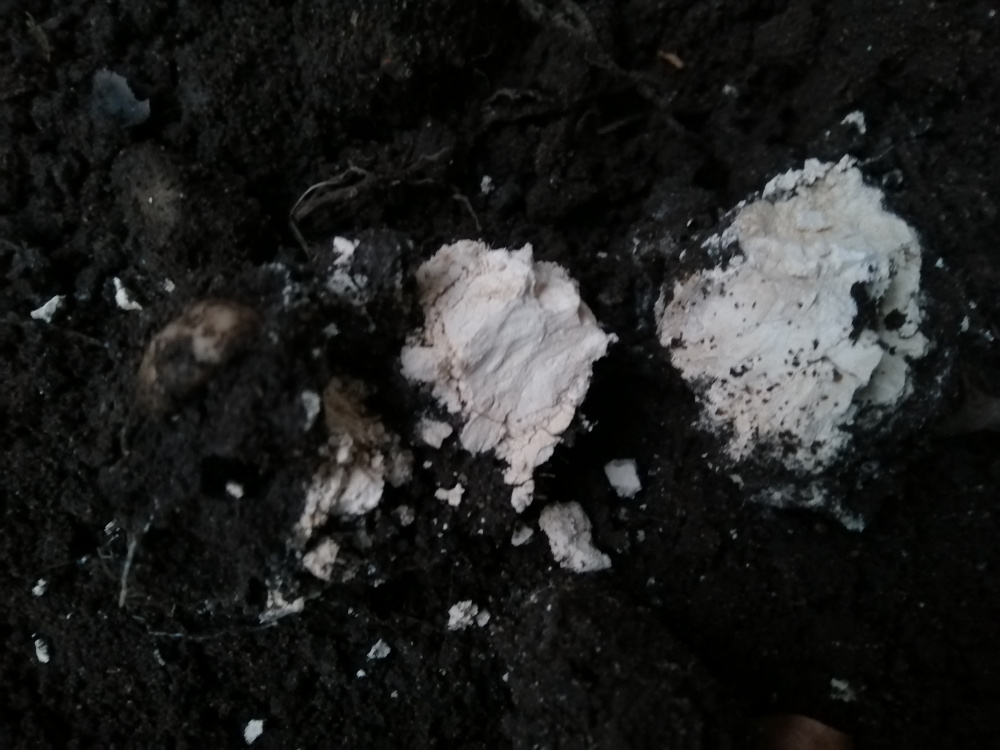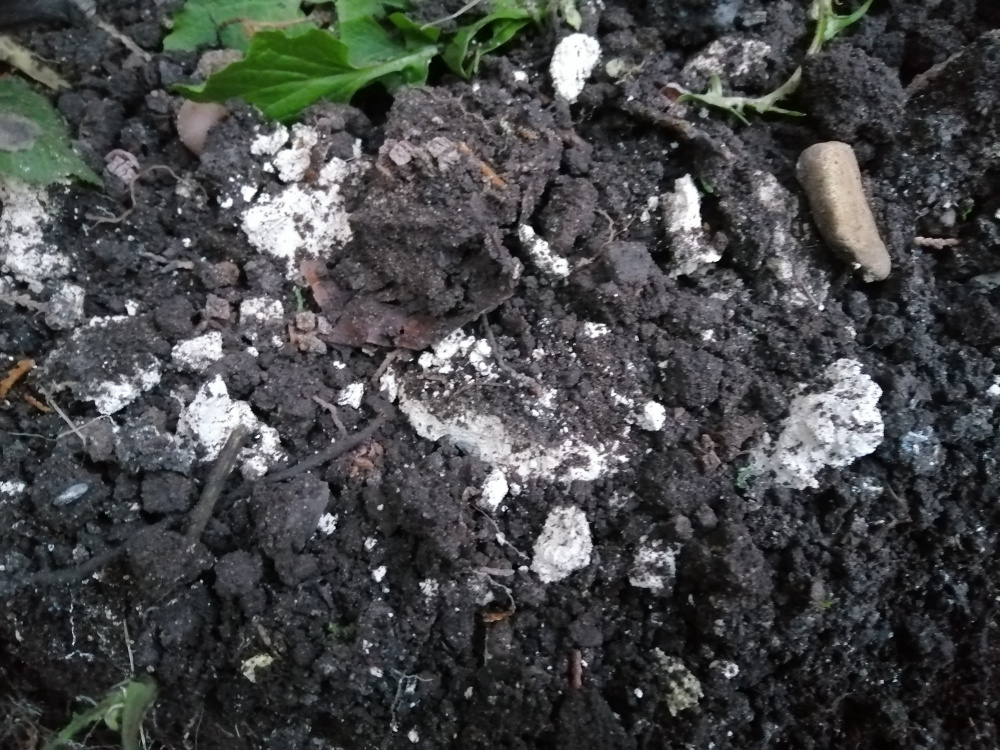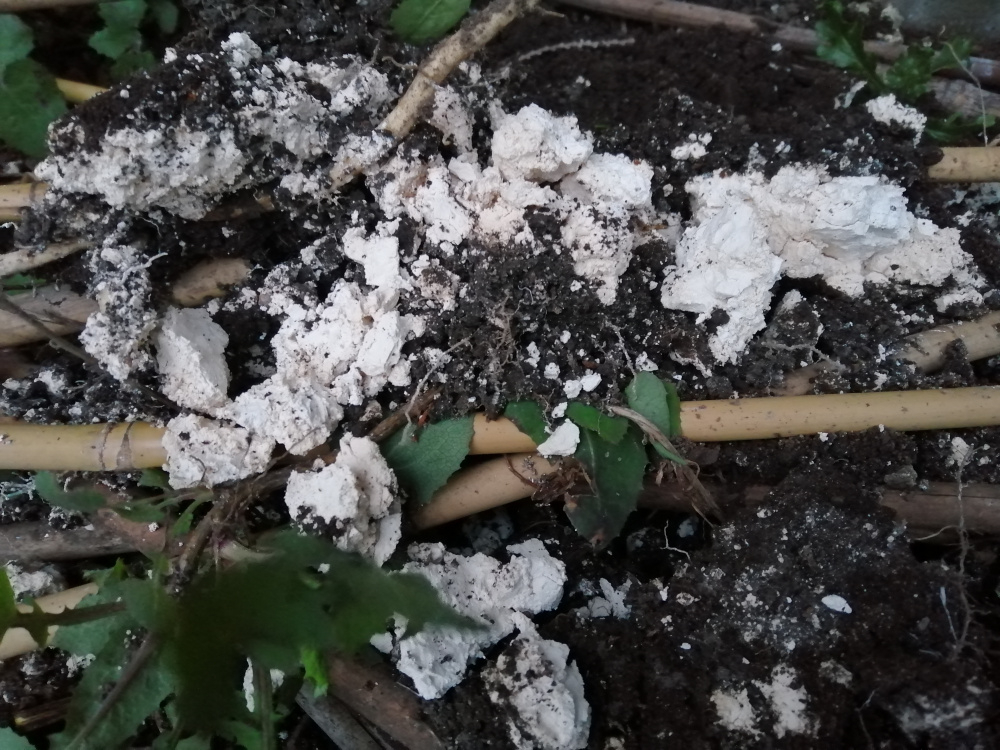This Forum will close on Wednesday 27 March, 2024. Please refer to the announcement on the Discussions page for further detail.
What is this in the soil? Bone meal? Perlite?
Hi,
I am in the process of digging over some ground that has not been touched since I bought th house from the previous owner who a keen vegetable gardener.
I am finding clumps of a white material, which seems unaffected by water but crumbles very readily when touched. I initially wondered if it might be bone meal or perlite, but I have not been able to find any pictures online which are a good match.
I just wondered if anybody here had any thoughts on it. Any help would be much appreciated.



0
Posts
https://www.eurekalert.org/pub_releases/2019-02/asoa-gaa020519.php